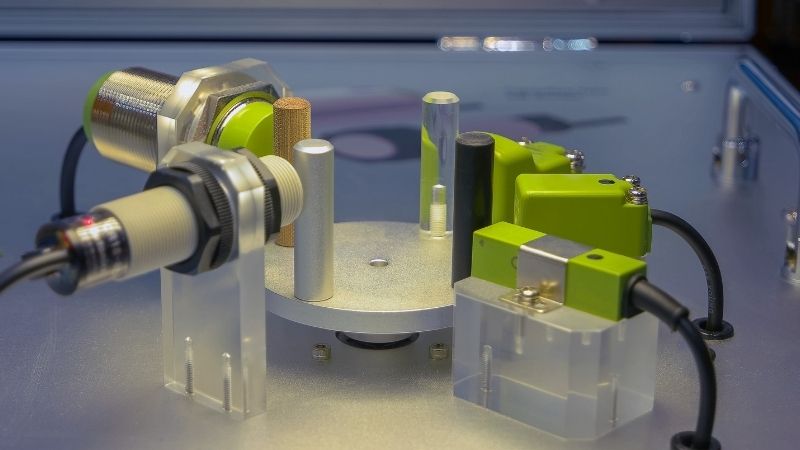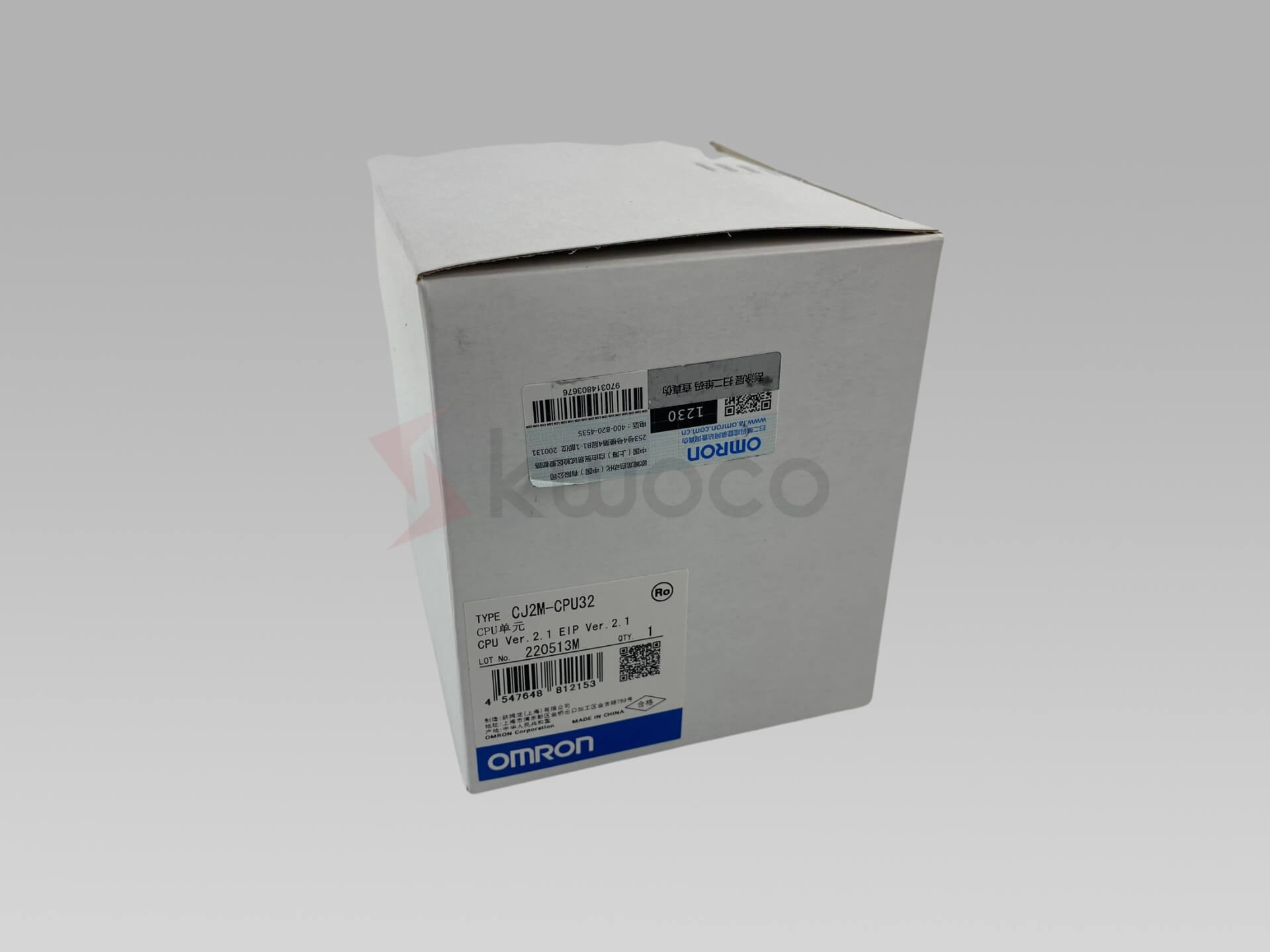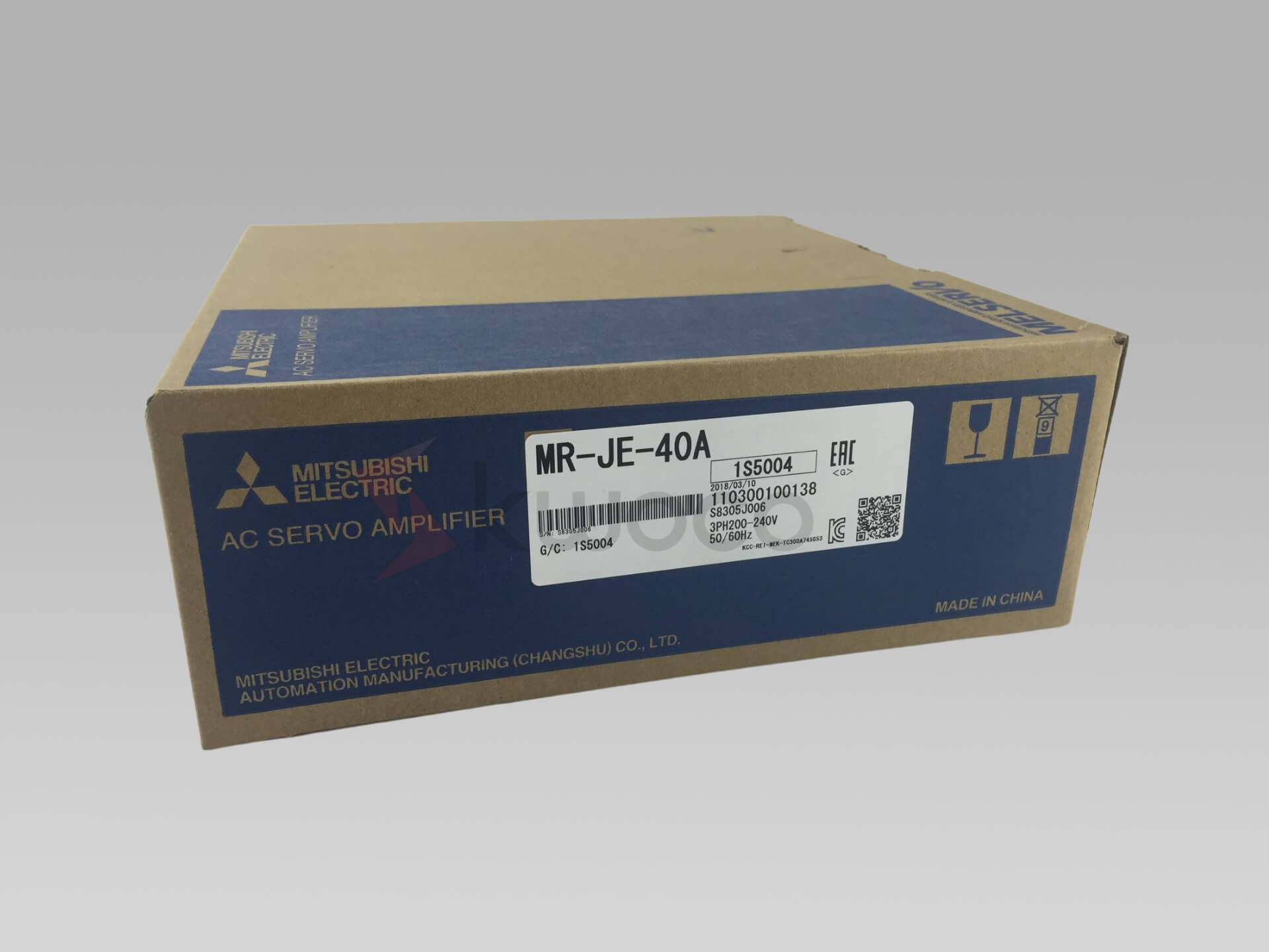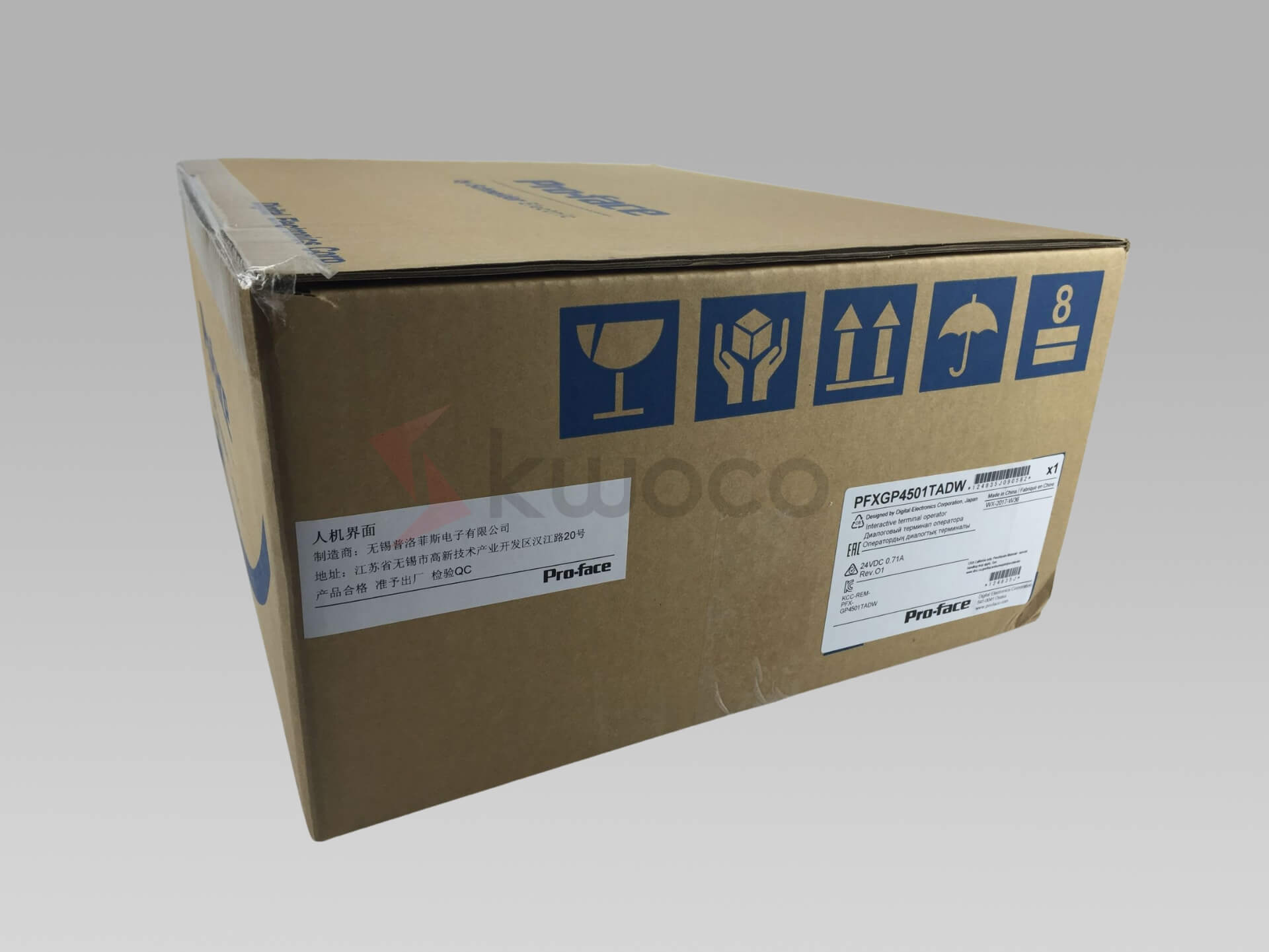Exploring the Power of Sensors: Types, Uses, and Applications
This blog post will dive into the world of sensors—what they are, how they work, and the different types commonly used in various applications.
Table of Contents
What is a Sensor?
A sensor is a device that detects and responds to changes in the environment. It converts physical properties such as light, temperature, or pressure into electrical signals that can be measured and interpreted. Sensors play a crucial role in automation, safety, and data collection systems, making them essential components of countless devices we use every day.
Types of Sensors
Sensors come in various types, each designed to measure a specific physical property. From detecting light intensity to measuring temperature or pressure, sensors allow devices to respond to changes in their surroundings. Let’s explore some of the most commonly used types of sensors and their unique functions.
Temperature Sensors
Temperature sensors are among the most widely used types, employed in everything from air conditioning systems to industrial machinery. These sensors measure temperature variations and convert them into electrical signals. Examples include thermocouples, thermistors, and IC temperature sensors like LM35, widely used in home automation, vehicles, and mobile devices.
Proximity Sensors
Proximity sensors detect the presence of objects without physical contact. They are commonly used in mobile phones, cars (e.g., parking sensors), and in industries for object detection or alignment. Proximity sensors use different technologies, such as capacitive, ultrasonic, or infrared, depending on the application.
Accelerometer Sensors
An accelerometer measures acceleration and changes in movement. It detects both the direction and magnitude of motion, which is essential in applications like smartphones (screen orientation), automobiles (stability control), and drones (flight stabilization). These sensors are crucial for devices that need to respond to changes in speed or position.
Light Sensors
Light sensors, including Light Dependent Resistors (LDRs), measure light intensity. They are used in a variety of applications, such as adjusting screen brightness in smartphones, controlling streetlights, or monitoring light levels in smart homes. Some light sensors can provide digital outputs, offering more precise data for automation systems.
Pressure Sensors
Pressure sensors detect and measure the force exerted by liquids or gases. They are critical in industries, weather forecasting, automotive systems, and healthcare devices. These sensors convert pressure readings into electrical signals, making them essential for monitoring applications that involve fluid or gas systems, such as tire pressure monitoring or weather stations.
Ultrasonic Sensors
Ultrasonic sensors use high-frequency sound waves to detect objects or measure distances. Common in parking assistance systems, these sensors are used in everything from vehicle systems to robotics. They help to navigate environments by determining the distance between the sensor and objects, similar to sonar technology used in underwater navigation.
Power your projects with brand-new, original Omron,Keyence, Panasonic Sensors – in stock, ready now!
Conclusion
Sensors are at the heart of modern technology, enabling smart automation, ensuring safety, and providing valuable data. From measuring temperature to detecting motion, their applications are vast and varied. Understanding the different types of sensors and their uses allows us to appreciate their role in shaping the technologies that enhance our daily lives.
If you’re seeking high-quality industrial sensors, look no further than Kwoco. We offer brand new, original sensors from trusted brands like Omron and Keyence, ready for global shipping. Contact us today to get the best sensors for your automation needs!
Contact Us
Just fill out your name, email address, and a brief description of your inquiry in this form. We will contact you within 24 hours.
You May Also Find These Topics Interesting
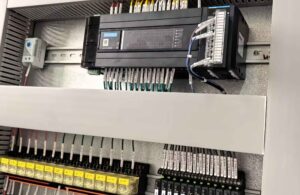
PLC vs VFD: Understanding Programmable Logic Controllers and Variable Frequency Drives
This article delves into the world of industrial automation, exploring the crucial roles of Programmable Logic Controllers (PLCs) and Variable Frequency Drives (VFDs). We’ll break down their functions, compare their strengths and weaknesses, and explain how they work together to optimize industrial processes. Whether you’re in machinery manufacturing, factory solutions, or simply curious about modern automation, this guide will provide a clear understanding of these essential components.
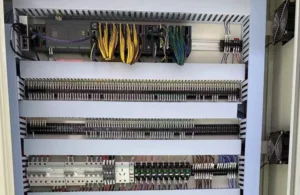
What is The Different Between Sourcing and Sinking
What is The Different Between Sourcing and Sinking In PLC control systems, sourcing and sinking are two key concepts, especially

What is a Level Sensor? Understanding Types and Applications
Level sensors are essential devices in modern industries, ensuring accurate monitoring and measurement of liquid and solid levels. Whether in manufacturing plants, automotive systems, or everyday household appliances, these sensors play a pivotal role in maintaining efficiency and safety.


